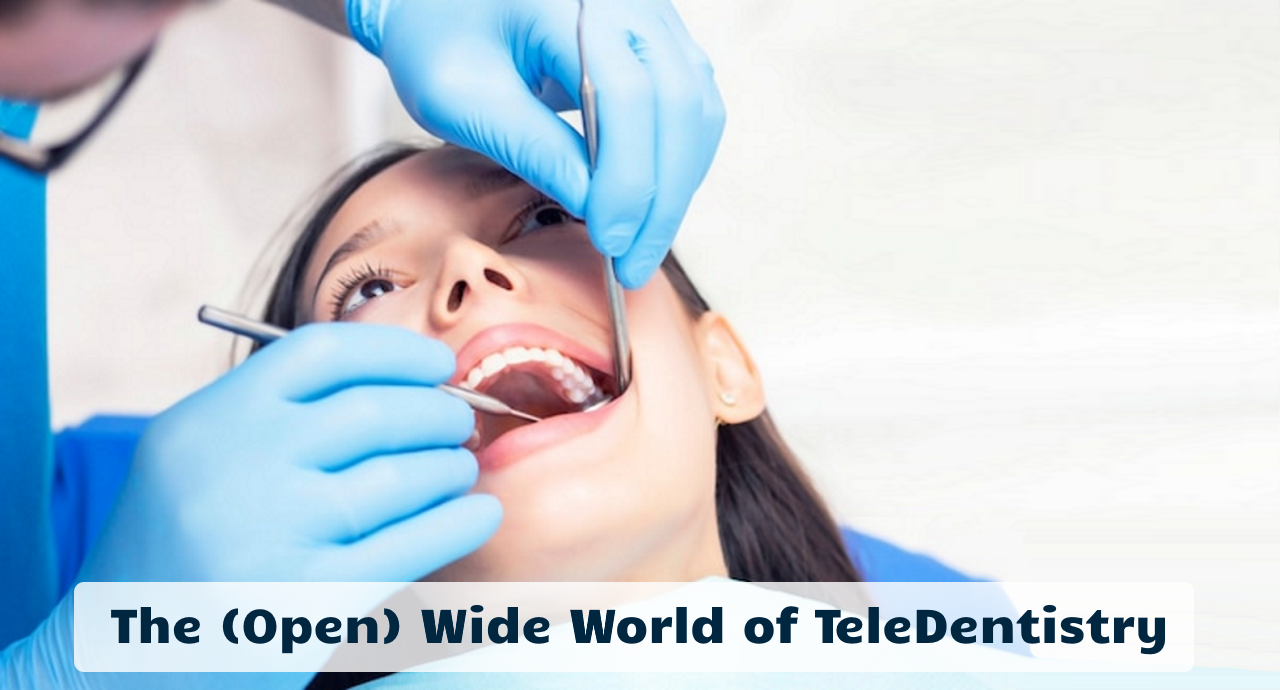When I think of dentistry I have images of big syringes with mouth-numbing (and mind-numbing) tinctures inside. I hear noises of drills and feel the anticipation of pain that surely will come soon.
In summary, my view of dentistry is rather limited, based on a few unpleasant visits a few decades back until I learned to take care of my teeth properly.
But what I’m about to share with you today is a much, much broader view of all the aspects (and services) that dentistry provides — and I’m not even going to cover dental hygienists!
The Importance of Oral Health
A few years back, one very passionate dentist very profoundly impressed on me the importance of oral health. And that’s not just one dentist’s perspective — even the World Health Organization states that “Oral health is a key indicator of overall health, well-being and quality of life.”
Whereas I was merely experiencing a few cavities and the occasional root infection, there are plenty of dental-related diseases that people are experiencing, including caries, gum disease, oral cancer, or even birth defects.
What makes oral health such a “canary in the coal mine” indicator of oral health is that most of our unhealthy habits enter our body through mouth: eating, drinking, breathing, smoking. Furthermore, diseases of the body can cause oral diseases (such as a link between diabetes and gum disease).
Yet many people, especially those in underserved areas, have very limited access to good dental care; just like with any other medical specialty, it’s hard to recruit dentists to rural areas or to serve underserved populations.
World-wide, about 3.5 billion people (that’s almost half the planet’s population) are affected by oral disease. The most common contributing factors are a diet high in sugar, use of tobacco and use of alcohol.
When left untreated, the consequences are devastating on many levels – from social stigma to an inability to consume vital foods, oral disease can quickly lead to other diseases.
What is TeleDentistry?
When I first started out in telehealth, I thought its value was limited to “standard” medical care – consultative visits, maybe some remote exams, definitely psychological counseling.
Over the years I’ve learned that no medical specialty is “safe” from Telehealth. There are numerous valuable applications of telehealth in literally every specialty – from surgical planning or perinatal care to telesurgery and now teledentistry.
With my definition of Telemedicine being “practicing medicine at a distance”, TeleDentistry is, well, practicing dentistry at a distance. While (for now) it is not feasible to perform remote dental procedures, oftentimes the mere remote evaluation and prescription of treatment can make a world of difference for patients, who would have otherwise never been able to see a dentist.
Parallel to the number of oral diseases, there are a large variety of teledental diagnostic and treatment services that are available. They include services for dental emergencies, general oral health issues, pediatric dentistry, and guidance on dental products.
A Cornucopia of Services
One of Ingenium’s Digital Health Advisors Consortium members, Howard Reis, was the CEO of The TeleDentists, one of a few teledentistry providers. From overseeing close to 10,000 teledental visits, Howard recalls: “The reasons patients contacted The TeleDentists remained quite consistent from the first time we measured the results. They had toothaches, bleeding gums or broken teeth. Parents had teething children. Seniors had problems with their dentures.”
What’s fascinating is how many different oral health conditions can actually be cared for remotely.


For Dental Emergencies, for example, a teledentist can evaluate and recommend the best course of action for things like toothaches, chipped teeth, infections, or bleeding gums. Other conditions that can be addressed are jaw pain (TMJ), crowded or crooked teeth, or sensitive teeth.
Finally, dental professionals can give remote guidance on teeth whitening, teeth grinding, or proper tooth care.
There’s even a Virtual Tooth Fairy available to teach kids good habits or to assess a child’s oral health.
A Look to the Future
But remote consults and even exams are not where technology stops. Just the other week I saw a video of a dental surgical assistance robot that helps dentists place implants and perform other procedures.
While that’s still quite a step away from autonomous remote surgery, it’s not out of reach to speculate we could get there within the next decade.
The field of telemedicine and telehealth is ever increasing and given the rapid technological advancements over the past two decades, we can look for more opportunities to receive excellent care across the whole disease spectrum “from the comfort of our own home”.
Though I’d still rather project the blame for the anxiety I’m experiencing onto the dentist’s office, rather than reclining at home in my own lazy chair, listening to someone, somewhere telling me to “please, open wide”.








To receive articles like these in your Inbox every week, you can subscribe to Christian’s Telehealth Tuesday Newsletter.
Christian Milaster and his team optimize Telehealth Services for health systems and physician practices. Christian is the Founder and President of Ingenium Digital Health Advisors where he and his expert consortium partner with healthcare leaders to enable the delivery of extraordinary care.
Contact Christian by phone or text at 657-464-3648, via email, or video chat.







Leave A Comment